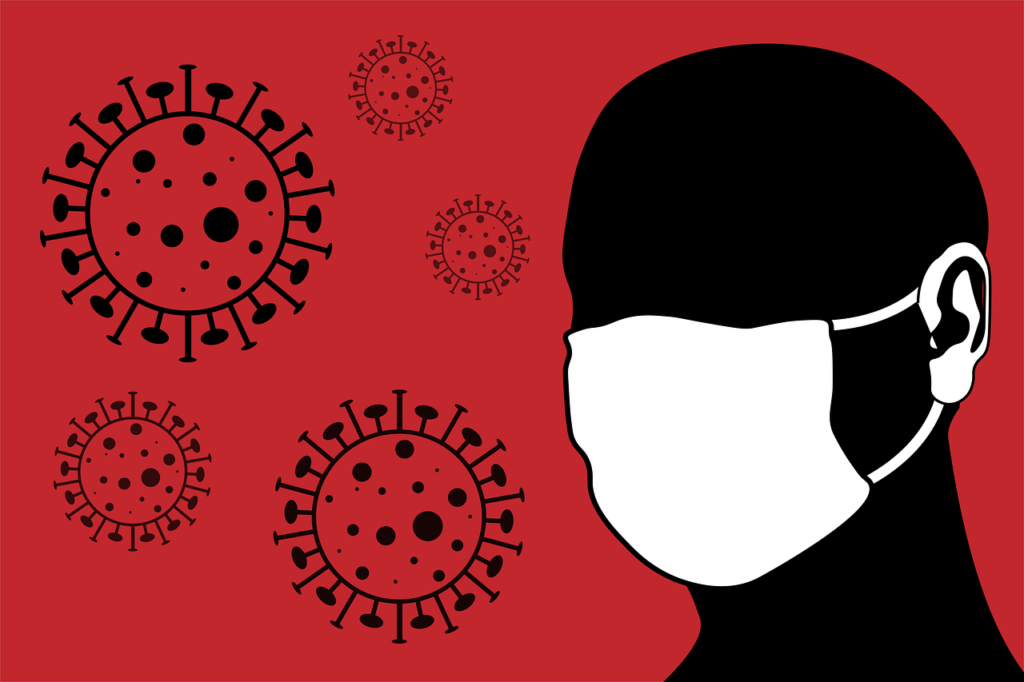Cough is the act of expelling air from the lungs with a sudden sharp sound whereas Hemoptysis is the coughing up of blood.
A) Cough:
- Acute cough is a condition that occurs for a duration of less than 21 days.
- And additionally associated with aspiration and respiratory infection.
- Subacute cough is a condition moreover that occurs for a duration of 3 to 4 weeks and associated with persistent inflammation from a tracheobronchitis episode all in all.
- Furthermore, Chronic cough is a condition that occurs for a duration of more than 8 weeks and associated with many cardiac and pulmonary diseases.
Causes of Cough:
- Gastroesophageal reflux disease
- Sinus disease
- Cough variant asthma
- ACE inhibitors
Clinical assessment for Cough:
- Assessed by symptoms of nasopharyngeal disease hence, like postnasal drip, sneezing and rhinorrhea.
- Symptoms of gastroesophageal disease like heart burn, hoarseness, sore throat and frequent eructation.
- Symptoms of Cough variant asthma suggested by noting the relationship of cough onset that triggers asthma.
- Moreover, usage of ACE inhibitors cause cough after treatment initiated.
- On physical examination of cardiopulmonary diseases, assessed like auscultation of lung sounds and digital clubbing.
- Examination of the nose , particularly the nasal passages, posterior pharyngeal wall, auditory canal and tympanic membranes.
- Simultaneously, Laboratory examination performed like chest x-ray and spirometry and bronchodilator testing.
- Spirometry with bronchodilator testing can help to assess reversible airflow obstruction.
- Normal spirometry done subsequently to assess asthma.
- Additionally, Purulent sputum examination done to assess routine bacterial and mycobacterial cultures.
- On sputum examination, the cytology would reveal malignant cells in lung cancer and eosinophils in eosinophilic bronchitis.
- Esophageal PH probes used simultaneously to assess for gastroesophageal reflux disease.
- in addition, Chest CT done to assess the chronic condition of the lung when the treatment is not showing any improvement on the patients condition.
Treatment for Cough:
- Systemic antihistamines like cetirizine, levocetirizine, clemastine and fexofenadine.
- Nasal corticosteroids like Fluticasone, azelastine and triamcinolone.
- Nasal decongestants like oxymetazoline, phenylephrine and pseudoephedrine.
- Anticholinergics like nasal atropine sulphate.
- Brand names: Sinarest (Paracetamol, chlorpheniramine and pseudoephdrine )1-0-1 for 4 days or Levosiz m ( Levocetirizine and montelukast) 0-0-1 for 4 days or Montek lc ( Levocetirizine and montelukast ) and Otrivin nasal drops ( xylometazoline drops) 2 to 3 times a day and steam.

B) Hemoptysis
- A condition caused due to expectoration of blood from the respiratory tract, differentiated from blood originating from the GI tract or nasopharynx.
Causes:
- Infections
- Malignancies
- Vascular diseases
- Hemoptysis that arise from the alveoli is termed as diffuse alveolar hemorrhage .
Sources:
- Hemoptysis usually arises simultaneously from the bronchi. Bronchial arteries are the main source of bleeding that leads to infection.
- Airway hemoptysis, caused by viral and bacterial bronchitis.
- Simultaneously, cancers developing in central airways like squamous cell carcinoma and small cell carcinoma can lead to hemoptysis.
- Pulmonary vascular sources of hemoptysis include congestive heart failure with pulmonary edema which leads to pink and frothy sputum
Clinical assessment:
- Patient with hemoptysis – History and physical examination – Massive hemoptysis – Protect airway – Bleeding stop. If bleeding continues – embolization (procedure to stop the blood flow )
- Patient with hemoptysis – History and physical examination – Non massive hemoptysis – Presents with risk factors – investigation studies like chest x ray , CBC , urine analysis , creatinine and coagulation studies – CT scan – Bronchoscopy – Treat underlying disease – Persistent bleeding – embolization.
- History: Source of bleeding determined if its from the respiratory tract or nasopharynx or GI tract. Quantity of expectoration assessed.
- Massive hemoptysis: A condition that occurs due to massive bleeding of as much as 400 ml in less than 24 hours or 100 to 150 ml in that time frame.
- Frothy and purulent secretions assessed.
- Simultaneously, sedentary lifestyle like cigarette smoking and previous episodes or history of hemoptysis.
- Fever and chills assessed for infection.
On physical examination:
- Clubbing could indicate lung cancer or bronchiectasis.
- Pedal edema should indicate congestive heart failure.
- Assessment for epistaxis , vital signs and oxygen saturation.
On radiological examination:
- Chest x ray.
- Additionally, CT chest to assess bronchiectasis n pneumonia and lung cancer
- Furthermore, CT angiography to assess for pulmonary embolism and the location of bleeding
Laboratory tests:
- CBC
- Urine analysis
- Electrolytes
- Renal function
- ANCA
- Sputum examination should be done for gram staining
- Routine culture for detection of acid base bacilli
- Bronchoscopy in cases of massive hemoptysis .
Treatment:
- In addition, Massive hemoptysis should be assessed and treated with endotracheal intubation and mechanical ventilation to provide airway stabilization also.
- Endobronchial blockers should be given when the source of bleeding has been identified and isolating the bleeding lung.
- Bronchial arterial embolization by angiography or surgical resection should be performed when the bleeding persists.
For more content do visit here
Furthermore, please refer this book for a detailed description of diseases: Harrisons book of internal medicine

